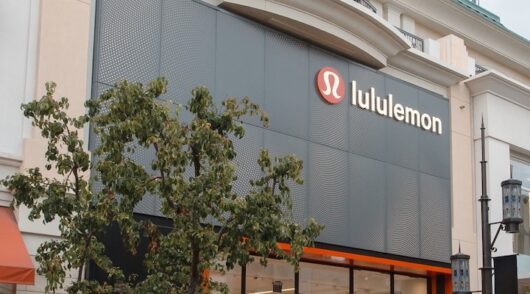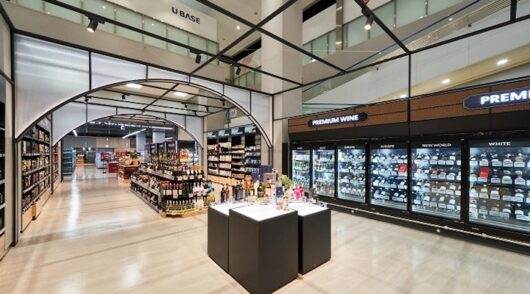A leading Hong Kong property expert has caused for a change in government policy to restore retail sales growth in the territory.
Mainland China’s influence continues to grow across the four core sectors of the Hong Kong property market, including retail. In residential, office and industrial, mainlanders are underpinning the market with solid demand. But the falling number of wealthy mainland tourists are hammering retail sales, leading to a decline in retail lease rates and potentially retail property values.
But despite the growth of mainland arrivals slowing since their peak in 2014, some of the causes that have led to a retail sales slump of late can be reversed through policy changes, argues Denis Ma, head of research at JLL.
“If the restrictions placed on multi-entry visas were eased and the Individual Visit Scheme (IVS) program was expanded as proposed in 2012, up to HK$21 billion in sales could be added to Hong Kong’s retail market,” Ma said at the release of new JLL research today, Past, present, future: China’s role in driving the growth of Hong Kong’s property market.
“But the type of tourists would likely be more focused on mass market goods rather than luxury items,” said Ma, pictured below.
Hong Kong’s retail sector flourished at the same time mainland tourist arrivals increased three-fold between 2006 and 2015, accounting for more than three quarters of all tourist arrivals last year. The report says mainland tourists spent an estimated $178 billion on shopping in Hong Kong last year, accounting for about a third of all retail sales and spending an average of $3900 per visit.
“If the restrictions placed on multi-entry visas were eased, there is potential to bring back 5.4 million mainland tourists to the city and add about HKD 11 billion annually to the city’s retail market. An expansion to the IVS programme, as proposed in 2012, would allow about 5 million additional Shenzhen residents to apply for a multi-entry permit, potentially adding as much as $10 billion per year to Hong Kong retail sales,” the report concludes.
Ma says reviewing these restrictions would require addressing some of the social issues that have arisen from the influx of mainland tourists into the city, which is often blamed for a shortage of goods, rising prices and overcrowding of public transport.
“Still, there is comfort in knowing that mainland demand can remain a driving force behind the retail sector over the longer term.
Residential projections
Across all property sectors in Hong Kong, Ma remains confident despite China’s apparent economic growth slowdown.
“With China’s economy starting to slow and its financial markets showing increased volatility, there is growing concern whether demand from the mainland will be sustained. But looking ahead we remain confident that mainland companies will continue to play a pivotal role in the short- and long-term growth of the city’s office market.
“Government policies will play a large part in growth and help to attract more foreign companies to establish or grow operations in Hong Kong. We estimate that up to 28 per cent or 7 million sqft of the tenant base in the Central Grade A office market will be mainland corporates by 2021.”
In the residential sector, mainland homebuyers had accounted for as much as 40 per cent of all sales in individual projects in the primary market before retreating to 10 per cent in 2015, largely as a result of the government’s stiff Buyer’s Stamp Duty introduced in 2012. Today, attention has shifted to the growing participation of mainland developers, who have bid on over half of all residential land sales tendered by the government in 2015, winning about a quarter of awarded tenders and elbowing aside local developers that had long enjoyed an entrenched position.
Said Ma: “We expect mainland developers will continue to expand in the city. Hong Kong’s traditional developers are still expected to dominate the market but will face increasing competition in acquiring residential plots from a larger pool of bidders. Based on JLL’s supply forecasts, residential units built by mainland developers will account for up to 8 per cent of the overall private housing supply between 2016 and 2019, with the majority delivered in the New Territories (56 per cent) and Kowloon (35 per cent). With around 119,000 new households expected to be formed between 2016 and 2019, about one in 10 new families opting for primary homes in the private market could end up living in properties developed by mainland developers.
“Whether mainland developers are able to grow their business in the city to a point where they can influence market direction remains to be seen and will be dependent on the response to the first wave of their units that come to the market.”








